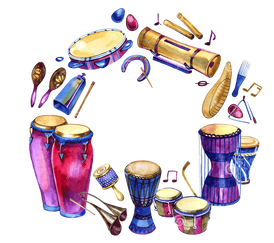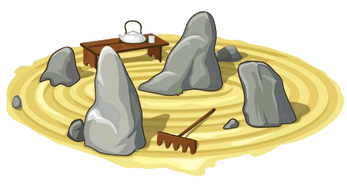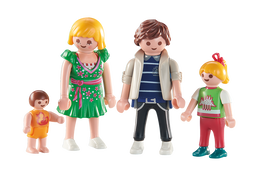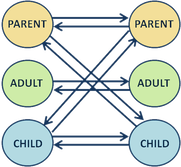How I work
I am a person-centred counsellor. This means that you are in charge of which issues you bring to counselling and how you choose to work with those issues. I practice using an integrated approach. I can draw on a range of modalities to best suit my clients which include (but are not limited to):
CBT looks at the relationship between thinking and behaviour and how they work to impact on how we feel. Thoughts influence our feelings. If we change how we think about something, we can change how we feel about something. Our feelings influence our behaviours. If we change how we act, often we can change how we think and feel, too.
Creative therapies can include the use of art and music as a way of expressing thoughts and emotions when we can’t find words to describe. Often creative therapies are a useful tool to explore our relationship with an issue in a metaphorical way.
DBT is also about changing how we feel through changing how we act. DBT is useful for when feeling intense distressing emotions and uses a range of techniques to reduce the intensity of those emotions.
Gestalt is a therapy which encourages clients to come in to ‘contact’ with feelings and emotions. It examines how issues are experienced and their relationship within the clients’ contextual field. Gestalt uses a range of different methods to bring clients in to contact which can include two-chair work and presentising.
IDT is a way of working with images, feelings and words to get to the heart of a problem. It is a way of exploring an issue directly and in depth without having to find ways to describe it in a way that is meaningful for the therapist.
Narrative therapy is about telling your story in your own way in order to understand your relationship with it. Through externalising the story clients can then examine its impact.
Through Nonviolent Communication (NVC) we learn to hear our own deeper needs and those of others. Through its emphasis on deep listening—to ourselves as well as others—NVC helps us discover the depth of our own compassion. It is a way of being able to identify values and needs and the way these impact communication when they are met or unmet.
I use the Rhythm2Recovery model to guide my practice using music to help address trauma and other issues. Through the primal rhythms clients can connect with self again. I also use my extensive skills as a musician to help clients externalise their life-narrative through graphic notation which we then play using a range of percussive instruments - including found-object instruments.
Sandtray is a way of looking at relationships through use of small figures. Figures representing people or aspects of an issue are placed in the sandtray and interactions are examined and discussed. Often sandtray will give a different perspective on an issue because of the concrete and interactive nature of the representation.
Sometimes it can be difficult to work out how things are - through the use of small figures, I help clients externalise their inner world in a held-space where they are in control of how it is. We can use the figures to explore a problem and help shift the things which seem immovable.
Our interactions with each other are influenced by different ego-states. TA looks at the relationship between those ego-states and how to manage the differences between them.
Trauma Buster Techniques uses similar tapping points to EFT to address trauma. It was developed in New Zealand; and uses a specific way of working with the trauma to remove the emotional sting from it. It doesn't erase the trauma, but it does remove the negative emotional connections to the trauma narrative, and offers clients a life free from the ongoing effects that trauma can bring.










